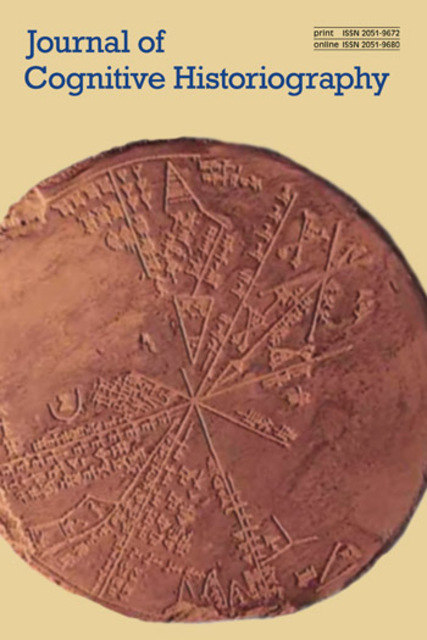Writing as Thinking in Paul’s Letters: Neurological and Cognitive Approaches to Understanding the Conceptual Differences of Paul and His Audience

Full description
This article uses findings from cognitive sciences and neuroscience to detail the unique brain processes that stem from writing texts by hand. Such findings are described and then applied to the case of the Christian apostle Paul, whose letters – penned by Paul himself and/or via a scribe – are often used as evidence in reconstructions of early Christian social contexts. An attention to the findings from cognitive sciences and neuroscience around what I term “handwriting-thinking”, however, demonstrates a significant difference between the cognitive processes of Paul as author and the cognitive processes of his audience, who would have typically been exposed to Paul’s letters aurally. This difference in cognitive processes between Paul and his audience significantly problematizes the usage of Paul’s letters as evidence for his audience’s understanding of his letters and the concepts therein. More broadly, an attention to the embodied cognition of handwriting-thinking demonstrates differences in conceptual understandings between historical text-producers and their audiences, suggesting that we should focus more on individual text producers and their contexts instead of audiences.
- typeImage
- created on
- file formatjpeg
- file size76 KB
- container titleJournal of Cognitive Historiography
- creatorPaul Robertson
- issnISSN 2051-9680 (online)
- issue6.1/2
- publisherEquinox Publishing Ltd.
- publisher placeSheffield, United Kingdom
- doi
We use cookies to analyze our traffic. Please decide if you are willing to accept cookies from our website. You can change this setting anytime in Privacy Settings.
